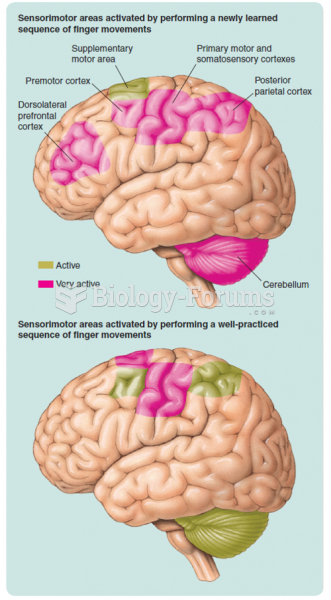This topic contains a solution. Click here to go to the answer
|
|
|
Did you know?
In the United States, an estimated 50 million unnecessary antibiotics are prescribed for viral respiratory infections.
Did you know?
Though “Krazy Glue” or “Super Glue” has the ability to seal small wounds, it is not recommended for this purpose since it contains many substances that should not enter the body through the skin, and may be harmful.
Did you know?
The average human gut is home to perhaps 500 to 1,000 different species of bacteria.
Did you know?
Green tea is able to stop the scent of garlic or onion from causing bad breath.
Did you know?
Certain chemicals, after ingestion, can be converted by the body into cyanide. Most of these chemicals have been removed from the market, but some old nail polish remover, solvents, and plastics manufacturing solutions can contain these substances.
 The world attempted to deal with Somalia as if it were a real country but painfully learned that Som
The world attempted to deal with Somalia as if it were a real country but painfully learned that Som
 Although most gestures are learned, and therefore vary from culture to culture, some gestures that ...
Although most gestures are learned, and therefore vary from culture to culture, some gestures that ...





